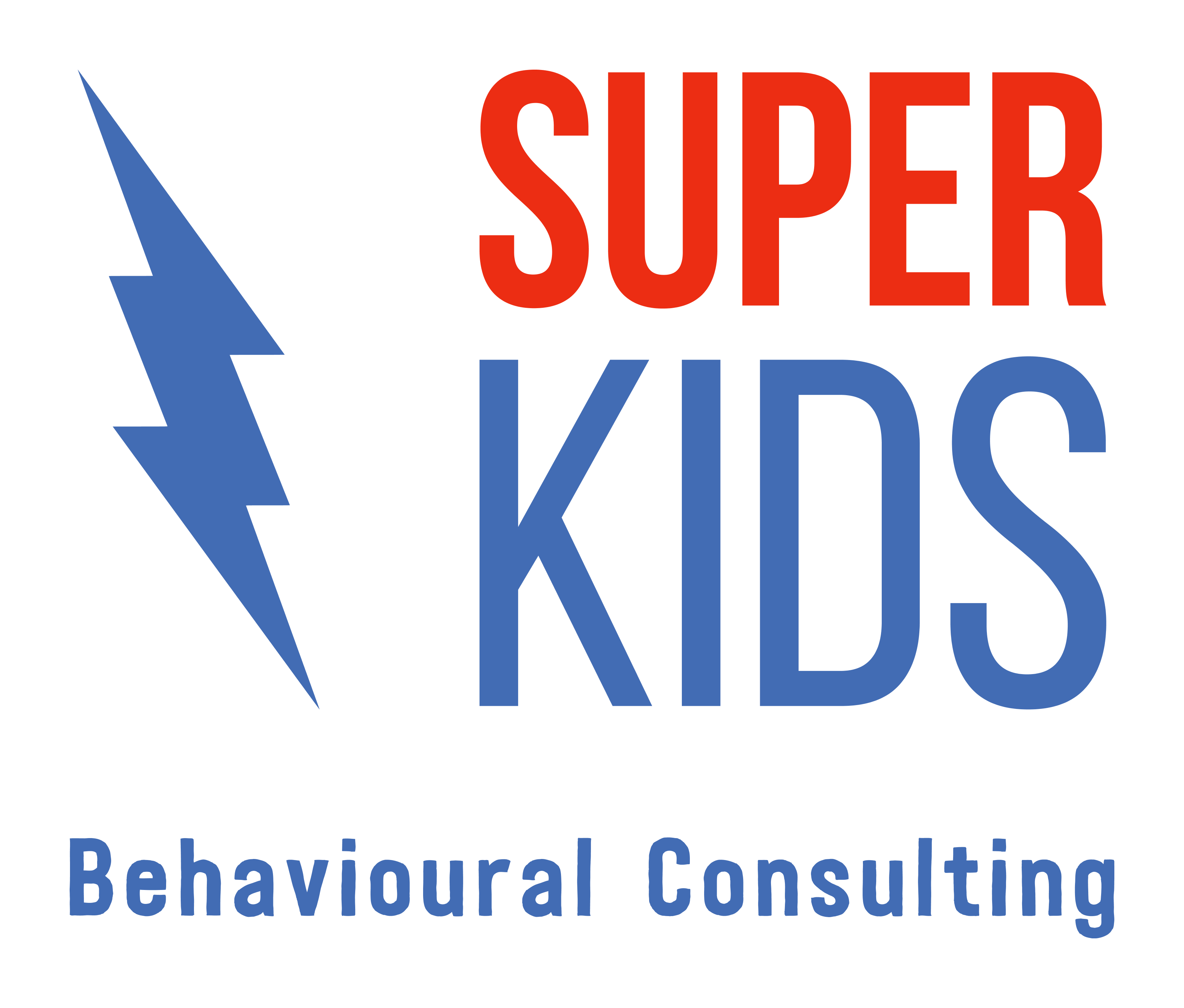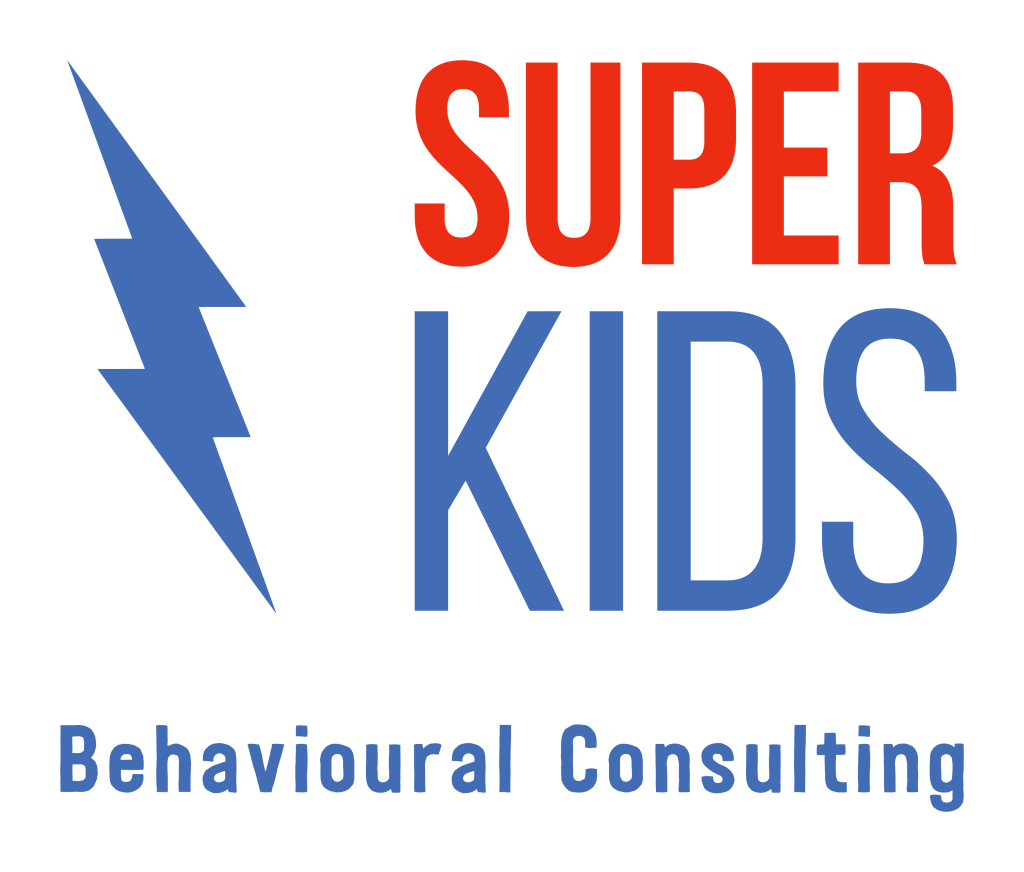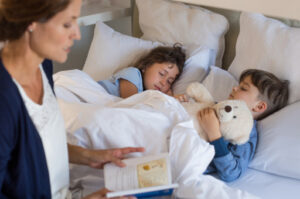Why We Don’t Use Cry-It-Out at Super Kids Sleep Solutions

Anita Bennett-Stewart
Behavioural Sleep Specialist & Behaviour Consultant

What is Cry-It-Out?
“Cry-It-Out” is also known as ‘extinction’ or ‘unmodified extinction’. This means that a parent will place their child to bed, bid them goodnight and allow the child to fall asleep on their own without the parent revisiting, even if the child begins to cry. Cry-It-Out is often mistakenly referred to as ‘the Ferber Method’ or ‘sleep training,’ however did you know these methods are not the same as extinction? Let’s define Cry-It-Out or Extinction further…
In Cry-It-Out, the assumption is that the child’s crying may be exacerbated or maintained by the parent revisiting after the child has been put to bed. Implementing Cry-It-Out involves:
“…having the parents put the child to bed at a designated bedtime and then ignoring the child until a set time the next morning (although parents continue to monitor for illness, injury, etc.)”
(Mindell et al., 2006)
With the exception of ensuring the child is safe and not unwell, parents are expected to ignore the child’s cries, tantrums or calling out to their parents each and every night as Cry-It-Out relies on parental consistency. The theory is that if the parent were to visit the child after a long period of crying, the child would learn to cry for longer for the parent to return. The goal is to decrease the child’s crying in the long-term.
Why do we not use Cry-It-Out?
Behaviour is often a form of communication to another person. For example, if a child calls out to their parent from bed, they may be seeking their parents’ attention. If a child cries upon their parent leaving the room, they may be seeking their parent to return. Teaching children functional ways to effectively communicate their wants and needs is important for their self-advocacy and quality of life. Cry-It-Out teaches a child not to behave, rather than to replace their cries with an alternative form of communication. There are other effective, evidence-based strategies which can both reduce concerning behaviours and teach a child functional communication.
Furthermore, Cry-It-Out is often stressful for parents to implement. It is difficult for any parent to experience their child crying, especially if this continues for long periods of time. At Super Kids, we aim to teach sleep skills through joy and minimise distress. For these reasons, we do not use Cry-It-Out in our sleep interventions.
As stated by Dr Mahshid Ghaemmaghami, Ph.D., BCBA-D of FTF Behavioural Consulting:
“We have other strategies that are better, that are more peaceful,
less stressful for parents to implement and for the child to experience”
What behavioural sleep interventions does Sleep Solutions use?
At Super Kids, our Sleep Solutions programs are individualised to the child and their sleep needs. For children who rely on a parent to fall asleep, it is important to first consider whether this is a goal for intervention for the family.
Caregivers will often ask whether their child’s reliance on them to fall asleep is problematic. Co-sleeping or room-sharing is often an important value for families or is necessary due to their home environment. For young children, we ask families – is it important for you or your child to fade co-sleeping or room-sharing? If not, we can provide behavioural supports for your child to develop healthy sleep habits while co-sleeping or room-sharing. If you would like your child to fall asleep without you, we can provide supports to help your child learn this too. How much you would like to be present for your child as they fall asleep and overnight is up to you and what works for your child and family!
If caregivers would like their child to sleep independently, there are several behavioural sleep interventions we may consider. A specific recommendation for a child will be made on an individual basis, with consideration given to their sleep history and goals. Interventions we use at Super Kids include:
- Time-based visiting, that is bidding the child goodnight, stepping back or leaving the room and then revisiting the child at the end of specific timed intervals. The intention is to visit the child before they even start to call out! Upon visiting, the child is praised for remaining in bed quietly and bid goodnight again. If the child does call out or comes out of bed, the child is calmly put back to bed with less attention than when they remain in bed calmly.
- Parent fading, that is moving the parent slightly further from the child each night until the parent is able to leave the room. This is suitable for children who require a parent’s physical contact to fall asleep, such as patting them to sleep or hugging them, as the steps can be broken down to fade the parent’s presence while the child is calm.
- Bedtime Pass, that is when the child is bid goodnight by their parents and then exchanges a ticket if they would like to get out of bed again, have more time with their parents or have another item. If the child falls asleep before using all of their tickets, the child gets an extra reward in the morning!
We often implement these interventions at the same time as making changes to the child’s sleep schedule, bedtime routine and bedroom environment, to support their new sleep routine. It is important to note that our Sleep Solutions programs provide support for children over 2 years old and so these interventions at Super Kids are not designed to support babies or infants to sleep.
Our Sleep Solutions programs prioritise a child’s rapport with their parent throughout the intervention, while also supporting them to shift into a new sleep routine. Behavioural sleep interventions are so much more than ‘Cry-It-Out’ and the process should be individualised to each child and family’s needs. By providing individualised, function-based, comprehensive sleep interventions, we can successfully support the child to meet their sleep goals.
Resources:
- Mindell, J. A., Kuhn, B., Lewin, D. S., Meltzer, L. J., & Sadeh, A. (2006). ‘Behavioural treatment of bedtime problems and night wakings in infants and young children’, An American Academy of Sleep Medicine Review, 9(10), 1263-1276
Disclaimer: The advice in this article is general in nature. If your child experiences sleep difficulties, reach out to a trusted professional for further individualised advice and support.
Super Kids acknowledges each individual’s personal preference to use identity-first or person-first language to describe themselves or their loved one. We interchangeably use both language conventions and therefore refer to both Autistic children and children with Autism.






